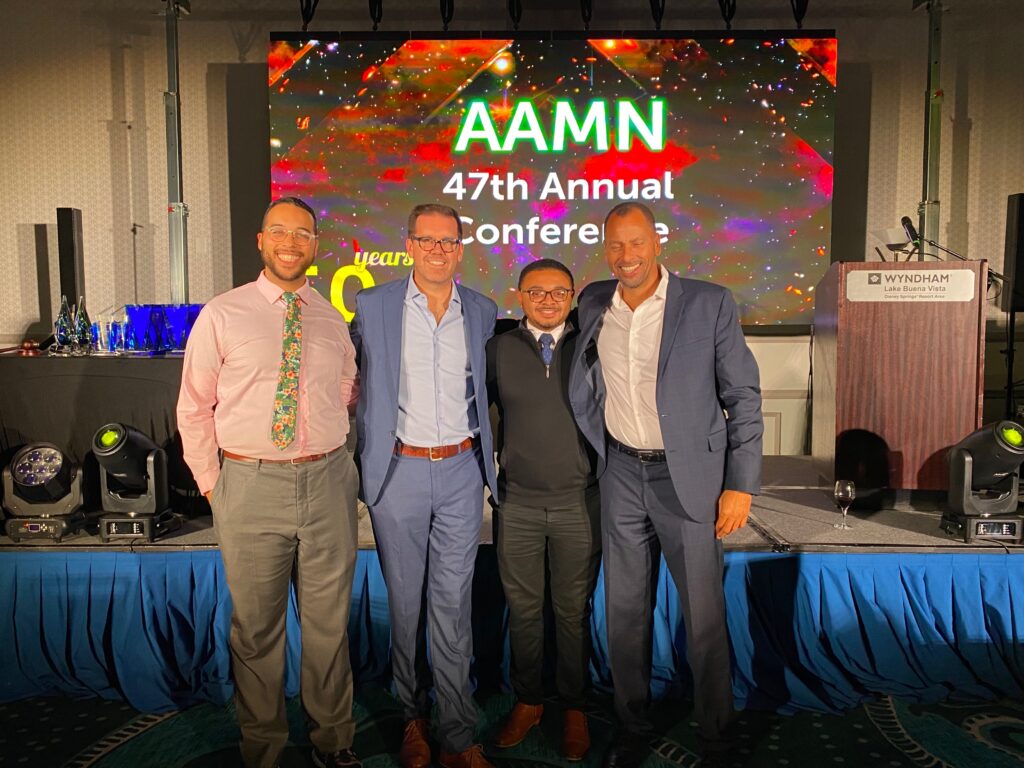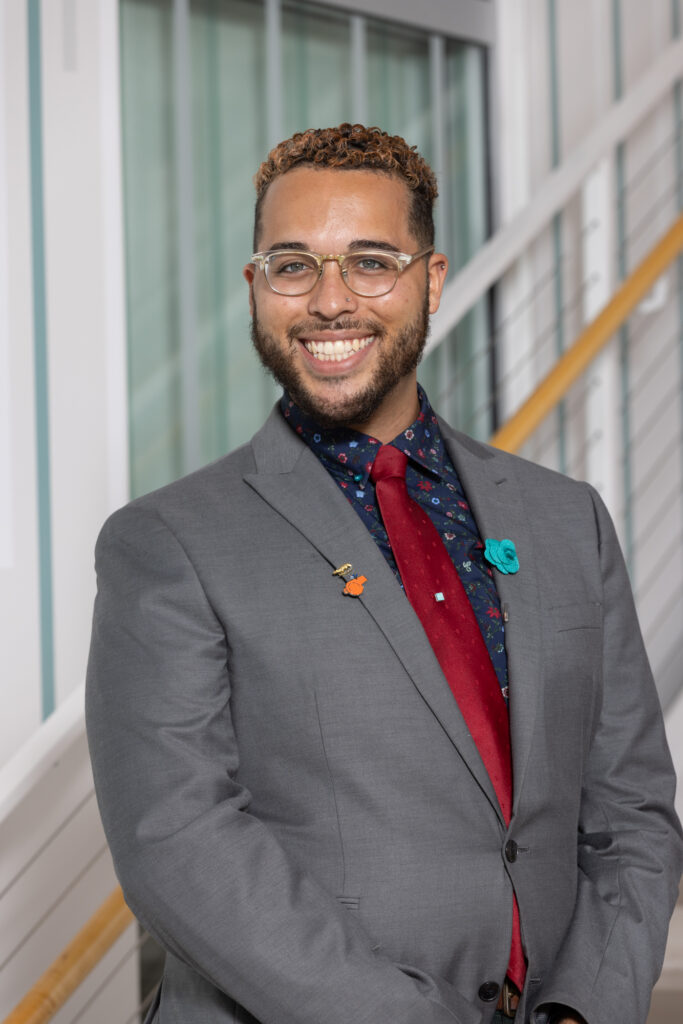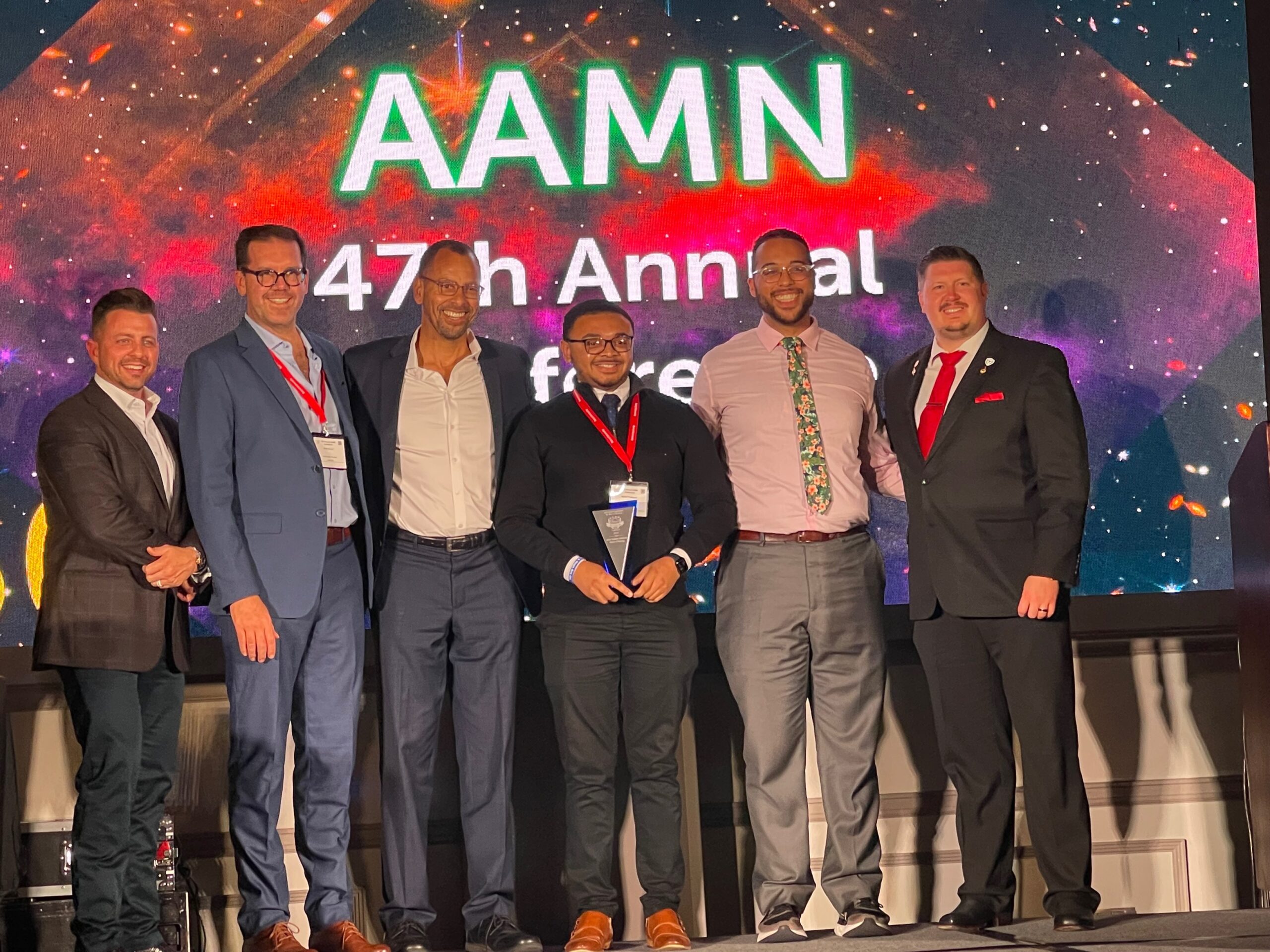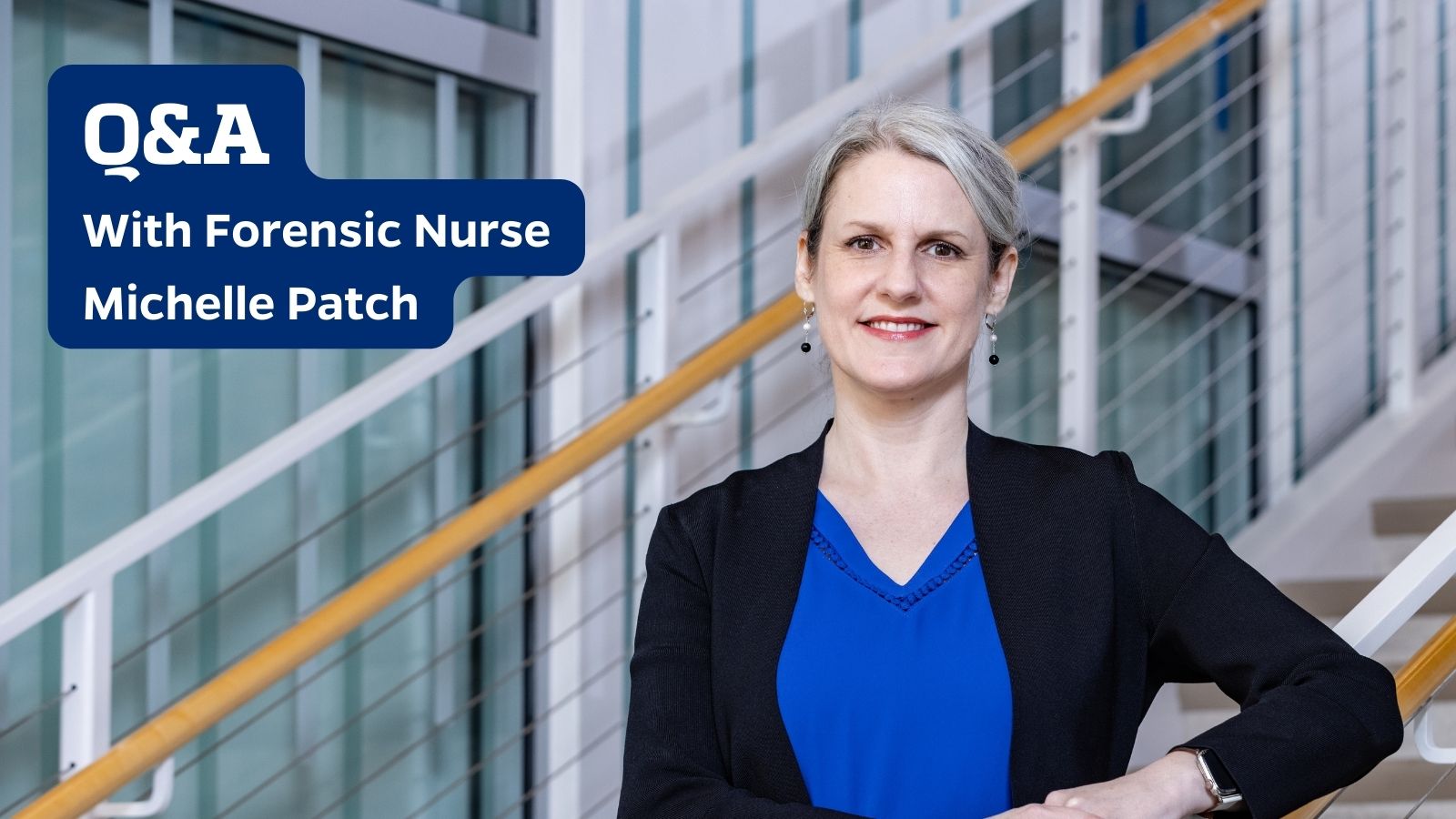In October, the Office of Admissions hosted a Diversity Dimensions virtual session focusing on gender, racial, and ethnic diversity amongst nurses and nursing leaders. Panelist members in attendance included a diverse range of nurses and nursing students who identify as males to highlight gender diversity in the nursing profession. Within the School of Nursing, we had current faculty and students in attendance, such as Dr. Andrew Benson, DNP, CRNA, FAAN, Samuel Byiringiro, MS, RN, Ph.D. candidate, Marcus Henderson, RN, Ph.D. candidate, and Roberto Galao Malo, MSN, RN, DNP Executive ’23 candidate. Our sessions also included a nurse leader outside the Hopkins network, Michael Ward, APRN, AGACNP-BC, and former Vice President of the American Association of Men in Nursing (AAMN). I moderated the discussion with each of these members of the nursing community. We began discussions surrounding the implementation of gender and racial diversity in the recruitment and retention phases of their educational institutions and places of employment.
Samuel Byringiro and Roberto Galao Malo are students who have nursing education and professional working experiences outside the United States. Samuel has joined our Ph.D. cohort from Rwanda, and Roberto has joined our DNP Executive cohort from Spain. These experiences held great importance in our conversation. As we see a low number of male-identifying nurses in the United States, these issues of gender diversity do not translate across various cultures around the globe. Samuel mentioned that around 50% of his cohort were male-identifying, and both Samuel and Roberto highlighted that nursing in their native countries do not have similar gendered perspectives on health care professions.
In attendance, we also had a faculty member, Dr. Andrew Benson, who participated as a nurse leader. He currently serves as faculty and Assistant Track Coordinator for the DNP Nurse Anesthesia program at Johns Hopkins. Through his service as a nurse, he has served in many leadership positions, including serving as the former Chief CRNA at Johns Hopkins Hospital and his induction into the American Academy of Nurses. Dr. Benson spoke about his excitement in serving as a mentor when he was a Chief CRNA at JHH to many young nurses expanding their career and the nursing profession as nurse anesthetists. Previously, I observed current CRNA students completing a clinical practicum where they were given a scenario and had to think on their feet, diagnose, and respond appropriately. It was incredible to see future nurse anesthetists at work and their knowledge tested while being observed by Dr. Benson. It allowed me to put myself in the position of a nurse, although science is far from my background!

Ph.D. candidate at Johns Hopkins School of Nursing, Marcus Henderson, holds a leadership position within the American Nurses Association to address racism in nursing. In our discussion, I learned more about what Marcus would like to accomplish with his work and research as a nurse scientist. I listened to Marcus present research on Men in Nursing focusing on the growth and progress of male-identifying people who are nursing professionals from 1980 until the present a few days prior to our diversity dimensions session, and I appreciated learning more in-depth about the history and policies put in place to limit gender diversity within the nursing profession.
The final member of our panel included the former Vice President of the American Association of Men in Nursing, Michael Ward. I was first introduced to Michael through my colleague, Brandon LeBlanc, and met Michael in person for the first time at the 47th Annual American Association of Men in Nursing Conference. An organization that has been present since 1971 is an organization that provides a system of support and professional development opportunities for those interested in truly providing access to gender-diverse nurses. Michael and I have had some great conversations about his pathway into nursing. In his current work, he speaks with young male-identifying middle and high school students about career pathways into nursing for those interested in serving those who belong to various communities. Michael discussed the relevance of being educated on topics of intersectionality when it comes to experiences within nursing and the history of historically marginalized communities within the health care field. It was great for me and a current MSN Entry into Nursing student, Akeem Predeoux, to attend the conference and connect with individuals that will serve as mentor roles and systems of support for their careers. Akeem immersed himself in the culture of AAMN and said his main takeaways from the conference “were the importance of getting involved, staying involved, and maintaining strong leadership skills. I related to this, being the President of the Nursing Student Senate, with the objective to advocate for the student body but to aid in the professional development throughout the school community.”
After listening to so many nurses speak so passionately about their experiences, it really excited me to facilitate more diversity dimensions sessions to continue to create access and awareness of issues faced within the nursing profession. I am excited to continue to address and discuss issues surrounding the experience of historically marginalized communities and how academia and research can contribute to recruiting and retaining students with these personal and professional experiences. You can review the virtual information session here:
About the Author: Alexander Murphy

Alexander Murphy is the Assistant Director for Diversity Initiatives and Healthcare Organizational Leadership Recruitment at the Johns Hopkins School of Nursing. Alexander is part of the admissions team.
See other new stories from On The Pulse:

 Forging Policy: How Can Doulas Improve Black Maternal Health?
Forging Policy: How Can Doulas Improve Black Maternal Health? No. 1 Rankings for the School of Nursing and a Pipeline to the “Best Jobs”
No. 1 Rankings for the School of Nursing and a Pipeline to the “Best Jobs” Global Service Learning: Guatemala
Global Service Learning: Guatemala The Returned Peace Corps Volunteer to Nurse Pipeline
The Returned Peace Corps Volunteer to Nurse Pipeline Q & A With Forensic Nurse, Michelle Patch
Q & A With Forensic Nurse, Michelle Patch



